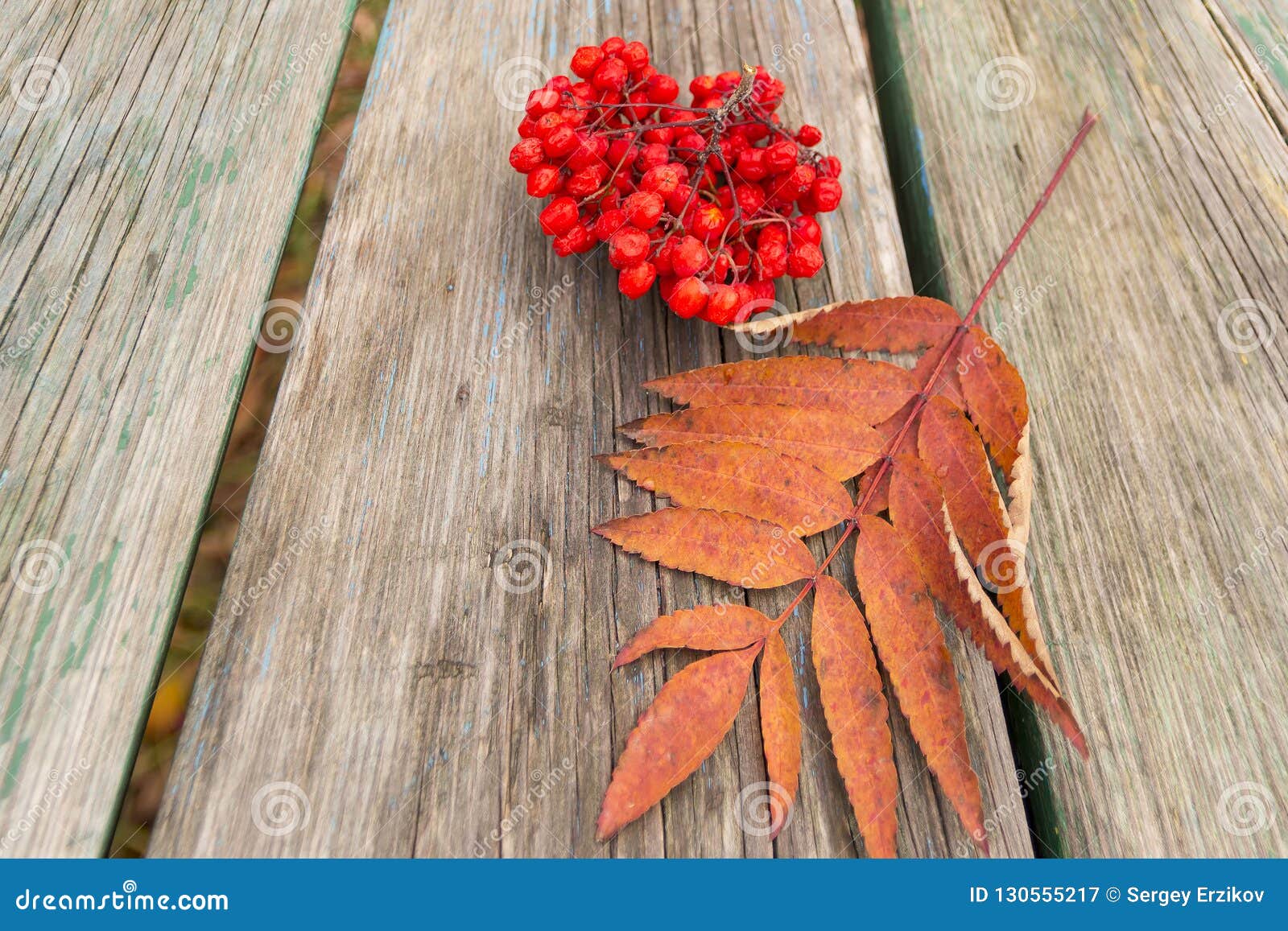
Rotating to grasses or grain crops for at least two to three years.Inoculum in infested fields can be reduced but not completely eliminated by: If possible, avoid planting in fields where Agrobacterium has been a problem. Disease control begins with an inspection of incoming nursery stock. The pathogen is spread by splashing rain, irrigation water, infested tools and equipment, and on contaminated cuttings or grafting stock. Agrobacterium infects through wounds on the stems and roots, causing knobby galls to form. Crown gallĬrown gall in blueberries is caused by the soilborne bacterium Agrobacterium tumefaciens. Spray twice, first before fall rains around the first week in October and again four weeks later. Multiple applications, low rates or both encourage resistance to these products. Several products can be used for chemical management, but all have copper as an active ingredient. Avoid late-summer nitrogen fertilizer applications that can lead to winter injury. Prune susceptible cultivars during dry weather if possible. It is important to prune out all diseased wood as soon as it is noticed, especially before fall rains. Only canes produced the previous season are attacked. Disease severity in the spring is often greater following frost injury the previous fall. Wounded tissues provide entry sites for the pathogen into the plant. Bacterial canker can be particularly severe on young plants in new plantings because a high proportion of the wood is succulent and susceptible to disease. syringae and is a problem in production areas west of the Cascade Mountains. This disease is caused by the bacterium Pseudomonas syringae pv.

Check with your certifying agency for accepted chemical applications. Organic growers can use all these tactics except synthetic pesticides. Stem and root diseases are more difficult to control, but you can reduce their severity by using disease-free planting stock, promoting good plant growth, diligently removing and destroying infected plant parts, and selecting well-drained field sites.

You can control fruit and foliar diseases with proper cultivar selection, cultural practices, and fungicides. Fortunately, only a few of the diseases that occur on highbush blueberry in this region cause significant losses when left unchecked. Pacific Northwest blueberry growers must identify and control a number of bacterial and fungal diseases in order to ensure the highest yields possible (profitable yields).


 0 kommentar(er)
0 kommentar(er)
